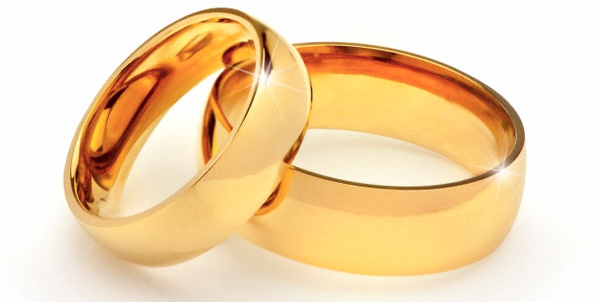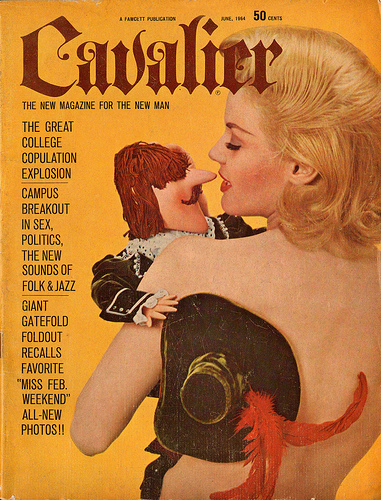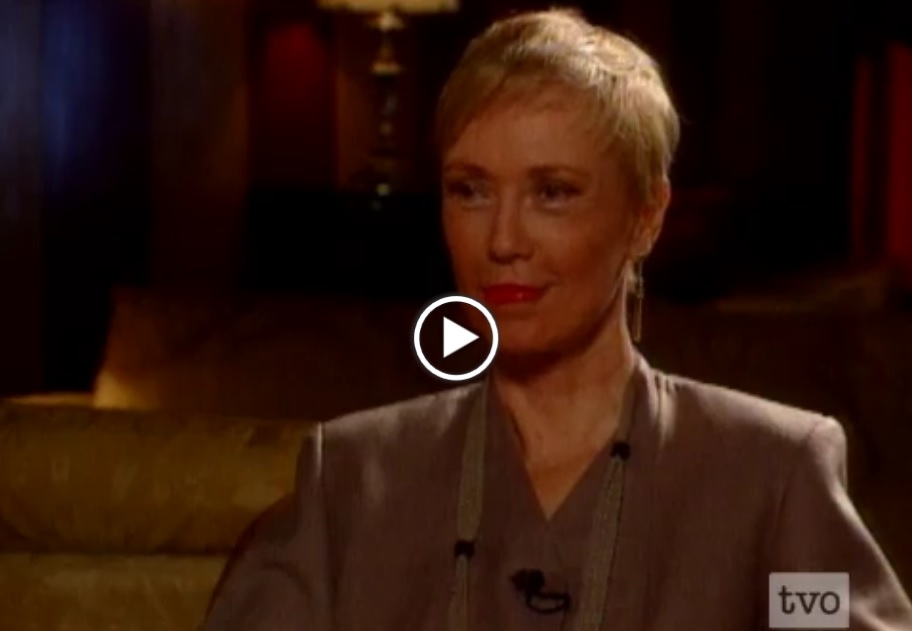The following account of ‘love service’ displayed by men toward women during the Middle Ages – from the book Masculine Submission in Troubadour Lyric by Sandra R Alfonsi – PW.
_______________________
The troubadours lived and functioned within a society based on feudalism. Certain ones were themselves feudal lords; others were liegemen dependent on such lords for their sustinence. The troubadours who were members of the clergy were also actively involved in this feudal society. It is only natural that their literature reflect some traits of the age in which it was created.
Scholars soon saw striking parallels between feudalistic practices and certain tenets of Courtly Love. The comparisons lie in certain resemblances shared by vassalage and the courtly “love service” expected of men. Fundamental to both was the concept of obedience. As a vassal, the liegeman swore obedience to his lord. As a courtly lover, the poet chose a lady to whom he was required to swear obedience. Humility and obedience were two concepts familiar to medieval man, active components of his Weltanschauung. Critics, such as Erich Kohler, have found them exhibited in both the life and literature of that time.
The entire concept of love-service was patterned after the vassal’s oath to serve his lord with loyalty, tenacity, and courage. These same virtues were demanded of the poet. Like the liegeman vis-a-vis his sovereign, the poet approached his lady with fear and respect. Submitted to her, obedient to her will, he awaited a fief or honor as did the vassal. His compensation took many forms: the pleasure of his lady’s company in her chamber or in the garden; an avowal of her love; a secret meeting; a kiss or even le surplus, complete unity.
Like the lord, the woman who was venerated and served was expected to reward her faithful and humble servant. Her failure to do so was considered a breach of “contract.” Most critics who support the theory that the courtly-love-service was formed by assimilation to the feudal service inherent in vassalage, credit Guillaume IX with its creation. However, the universality of these parallels cannot be doubted:
The posture of the true lover is so familiar that we have come to accept it as the hallmark. A seal attributed to Cononde Bethune represents it perfectly. This depicts in an oval cartouche, an armed knight on his knees before a lady. His body is shrouded in a mail hauberk. His head is completely concealed in his helmet. He wears spurs but no sword. The lady stands at arms length, chastely robed, her regular nonedescript features framed in long braids, presumably blonde, and between her outstretched palms the knight’s hands are placed in the formal gesture of homage. Within the cartouche, in the space above the helmet of the kneeling knight is inscribed a single word: MERCI. 1
The similarities between courtly service and vassalage are indeed striking. Although of a more refined character than an ordinary vassal, the poet-lover is portrayed as his lady’s liegeman, involved in the ceremony of homage and pictured at the moment of the immixtio manuum. His reward for faithful service will doubtlessly include the osculum.
The influence of feudalism upon courtly love was, in my opinion, twofold: it provided the poets with a well-organized system of service after which they might pattern their own; it furnished them with a highly developed vocabulary centered around the service owed by a vassal to a lord. Feudalistic vocabulary was comprised of certain basic terminology indicative of the ties which legally bound a man to his lord in times of peace and war.
1. Servitium
In Merovingian Gaul the position of the feudal lord was expressed by the verb suscipere ‘to take into one’s charge,’ while the verb commandare ‘to put oneself in the charge of’ represented the role of the vassal. The obligations accepted by the latter formed the servitium ‘service.’ This term, used in Classical Latin to denote slavery, had begun to lose this connotation by the fourth century, and during the Middle Ages, and had come to mean the duties of a freeman vis a vis a feudal lord.
2. Dominus
The Latin term dominus was used to denote the feudal lord served by the vassal.
3. Homo
From the beginning of the ninth century, suus homo ‘his man’ became the expression by which the position and duties of the vassal were expressed. During the eleventh century, the expression homo ligius ‘liegemen’ became popular.
4. Homage
The original terms used to denote homage were vassaticum and vassalaticum. Since the old French vasselage did not carry the meaning of homage due to the feudal lord, variations on the Latin hominum appeared in the eleventh century: hominagium, hominiaticum, homagium. The word hommage became popular during the twelfth century, denoting servitium homini, the honorable service due to the lord.
5. Legalitas
The term loyaute ‘loyalty’ was used to define the bond between vassal and lord.
6. Honor
The term onor was used to designate any compensation received by the vassal in return for his services. The concept of tenure tenire was attched to this idea. During the classical age tenire meant to occupy or possess; during the feudal age, it acquired as well the meaning of a rapport between former proprietor and the person now possessing the land through certain services rendered to the former. This relationship was expressed with the verb retenir ‘to retain,’ implying the retention of the vassal by the lord in return for his services. *
It was only natural that such terms, as well as their variants, should appear within the poetic love service created by the troubadours. Feudal vocabulary provided for all aspects surrounding the love service; it was well known and popularly understood. Its usage carried with it all the connotations inherent in the concept, without necessitating further explications by the poet.
An extensive examination of the poetic love-service , its vocabulary and stylistic traits, is to be found in the second part of this work. It is questionable whether feudalism may be considered as the primary source for either the poetic love-service or the theme of masculine submission. The very essence of both rests in the elevation and adoration of the woman chosen by the poet. Feudalism, with its bellicose concerns and masculine point of view, could not have instilled the Cult of Woman in these poets. Even the elevated social position held by women in Southern France and her presence as the “mistress of the manor” during the absence of her husband cannot explain the origin of this cult. It cannot be denied that much of this poetry was written to please the women who provided the troubadours with a means of sustenance by engaging them to entertain them in their chateaux. But such external social realities do not explain the origins of the internal revolution which culminated in poetic worship of woman.
Reference:
[1] Maurice Valency, In Praise of Love, Macmillan Co. 1958
Note:
*This configuration of unequal power is the central feature of the poet-lover’s positioning of himself with regard to the love object. Drawing on the stratification and class-consciousness of medieval society, the canso describes primarily in terms of social hierarchy the woman’s psycho-sexual power to determine the outcome of the relationship. Thus the troubadour’s lady is regularly portrayed in terms denoting aristocracy, such as ‘‘noble’’ rica, franca or ‘‘high born’’ de bon aire, de aut paratge, whereas the poet stresses his own subordination, describing himself as ‘‘humble’’ umil, umelian, ‘‘submissive’’ aclin, and ‘‘obedient’’ obedien. The culmination of this tendency is one of the most pervasive images of troubadour poetry, the ‘‘feudal metaphor,’’ which compares the relationship of the lover and his lady to that which obtains between a vassal and his lord. The poet-lover presents himself to his lady in an attitude of feudal homage omenatge, ‘‘kneeling’’ a/degenolhos with ‘‘hands clasped’’ mans jonchas. He declares himself to be his lady’s ‘‘man’’ ome or ‘‘liege man’’ ome lige and refers to the lady as his ‘‘lord’’ senhor, midons. He asks her to ‘‘retain’’ retener him as her ‘‘servant’’ ser, servidor or to take him into her ‘‘service’’ servizi. According to a military variant of the feudal metaphor, the lover ‘‘surrenders’’ se rendre to the lady, declaring himself ‘‘vanquished’’ vencut or ‘‘conquered’’ conques, and asks for her ‘‘mercy’’ merce. [Note excerpted from ‘Why is la Belle Dame sans Merci?’ by Don A. Monson]




